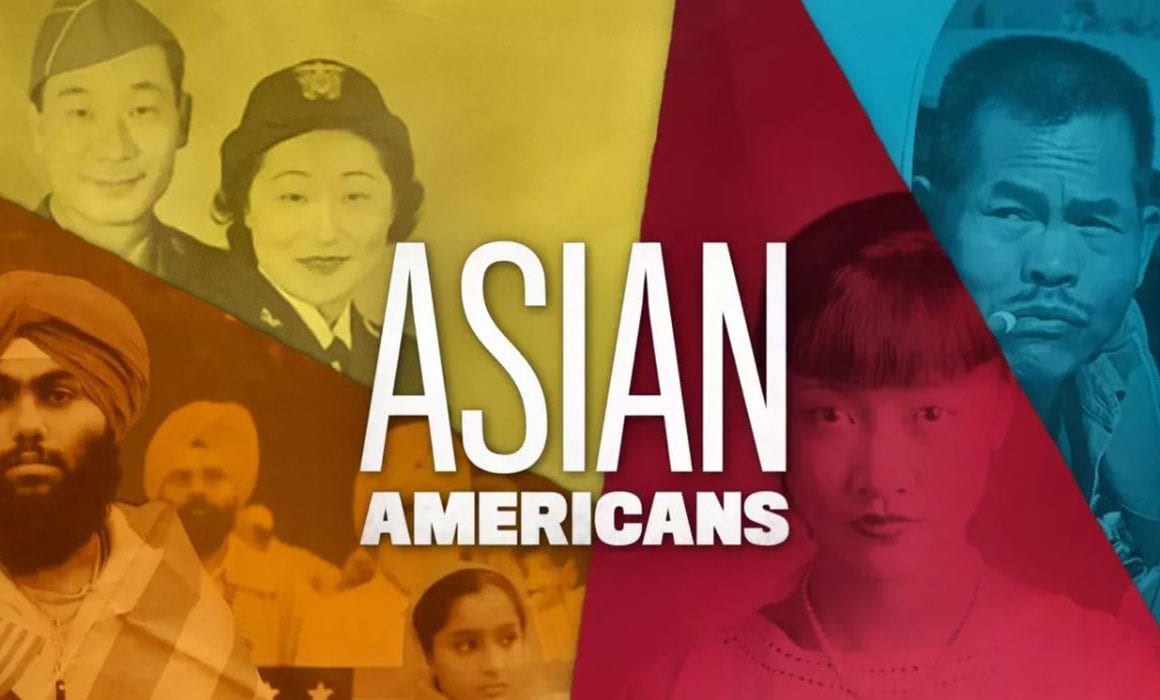
A new five-part documentary series, Asian Americans, is set to air on May 11 and 12, 2020, on PBS stations nationwide. Asian Americans Advancing Justice, an affiliation of five civil rights organizations, is promoting the documentary as the most comprehensive look at Asian Americans in history, and remarks on the similarities in the fight for education equality between communities of color.
The television series chronicles the fastest-growing racial/ethnic group’s history in the United States and examines the role Asian Americans have played in shaping America. More specifically, the Asian American-led series explores the impact Asian Americans have had on the country, from the first wave of Asian immigrants in the 1850s to modern refugee crises to the fight for desegregation and education equality.
“Although Asian Americans have significantly shaped national identity through educational change, most Americans may be unfamiliar with such efforts,” says Stewart Kwoh, executive director and president of Advancing Justice – Los Angeles, who championed the need for such a comprehensive documentary.
Kwoh continues, “It is fitting the documentary launches this month during Asian American and Pacific Islander Heritage Month because there is so much people do not understand about our culture and how much we are woven into the fabric of this country’s historical tapestry.”
Conversely, many Americans may be familiar with the well-known 1954 Supreme Court case, Brown v. Board of Education, in which justices overturned the “separate but equal” doctrine and unanimously ruled that racial segregation in public schools was unconstitutional. Before Brown v. Board of Education, Jim Crow laws barred African Americans from sharing public facilities such as schools, buses and bathrooms with white Americans. Becoming a cornerstone of the civil rights movement, Brown v. Board of Education paved the way for real change through legislation like the Civil Rights Act of 1964, which began the process of earnest desegregation, as well as the Voting Rights Act of 1965 and the Fair Housing Act of 1968.
However, lesser-known challenges to segregated schools and inequity in access to public education had begun decades before. About 70 years prior to Brown v. Board, Chinese students had been legally barred from attending public schools outside of San Francisco’s Chinatown.
A Chinese couple, Joseph and Mary Tape, decided to challenge this exclusion after a San Francisco school district refused to admit their daughter to an all-white school. In the landmark Tape v. Hurley (1885), the California Supreme Court declared unlawful the exclusion of a Chinese American student from public school based on her ancestry. Although Tape v. Hurley guaranteed children of Chinese descent access to public schools in California, the ruling said nothing to threaten the prevailing “separate but equal” doctrine that justified segregation, which stood until Brown v. Board in 1954.
There are stark educational parallels between African American and Asian American history. However, it is worth noting that whereas African American children were regarded as U.S. citizens, Chinese American children were regarded as foreigners. Monumental cases like Tape v. Hurley that shaped American education are also forgotten in U.S. history. Asian Americans seeks to highlight them and incorporate them back into American consciousness.
A full K-12 education curriculum will bring this historical significance and more to light with engaging digital content from the series. Through the new curriculum, the history of the Asian American experience will be available for current and future generations and for all communities of color to explore the history, contributions, and complexities of Asian Americans.
Asian Americans is a production of WETA Washington, D.C., and CAAM for PBS, in association with the Independent Television Service (ITVS), Flash Cuts, and Tajima-Peña Productions — the company behind Who Killed Vincent Chin? and No Más Bebés. For more information on each episode, please visit pbs.org. Press materials and photography can be found in the PBS Pressroom.
The Discussion 0 comments Post a Comment